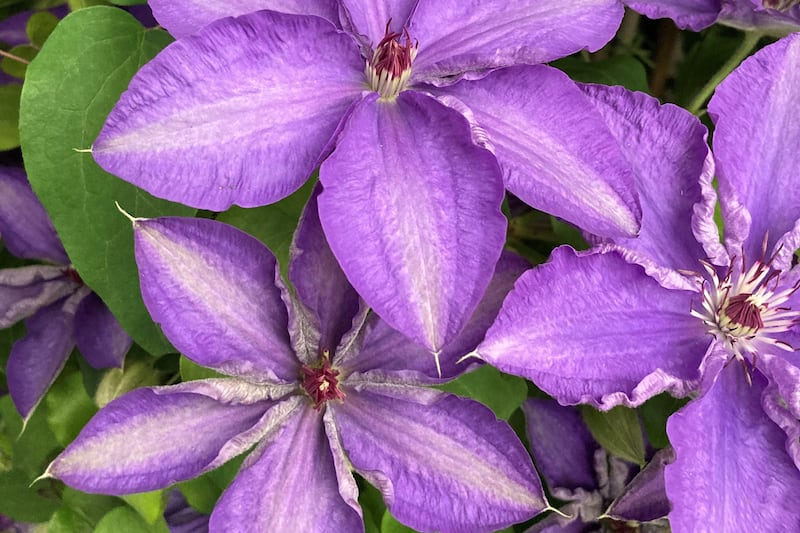Parasites tend to be regarded in negative terms. Ironically, it seems dislike for a freeloader is greatest among the species that plunders, extracts and exploits the natural world like no other.
That said, in human terms, parasites tend to do harm to the host, so it’s perhaps slightly odd that a plant characterised as a parasite – or more accurately a ‘hemiparasite’ – should represent love and fertility, especially one that’s deadly poisonous.
Mistletoe’s association with all things amorous dates back thousands of years. The Celts are said to have regarded this native, evergreen climber as the semen of Taranis, the god of thunder, while the Ancient Greeks referred to it as “oak sperm”. In Roman mythology, Aeneas descended into Hades, plucking the Golden Bough – widely thought to be mistletoe – to carry with him on his perilous journey.

The custom of hanging mistletoe dates from Ancient Rome but its association with Christmas and kissing is thought to have been popularised in Victorian times. Reflective of the values of the era, it was deemed then that a man was permitted to kiss any woman standing beneath mistletoe, and that to refuse would bring her bad luck.
So-called political correctness (which basically involves behaving responsibly and respectfully) has led to changing fashions, which means mistletoe as a festive decoration is no longer as common in households, workplaces or pubs. If I’m honest, it’s probably been decades since I heard it mentioned, outside the context of a song. Likewise, it’s not a plant I’ve encountered much in the wild or in a garden either.
Read more:
Casual Gardener: Stocking fillers large and small for the gardener in your life
Four gardening titles that’ll bring a bit of festive cheer
Its absence from popular culture (in this part of Ireland at least), as well as my few, if any, encounters with mistletoe, are perhaps both explained in Zoë Devlin’s Wildflowers of Ireland, which notes that Viscum album is “not very widespread, being found principally in trees growing in just a handful of locations scattered around Ireland”. The book does record a few sightings across Co Down and into Tyrone, indicating that it can survive ‘this far north’, though it’s not widespread.
Mistletoe is a semi-parasite – or hemiparasite – meaning it extracts nutrients and moisture from the host tree but has its own leaves for performing photosynthesis. Its favourite host trees include apple, poplar, lime and conifers. The structures the plant creates to enable its parasitic behaviour are a minor marvel in themselves, with woody spheres high up in the branches measuring one metre or more.
It won’t kill the host but it will weaken it and, in the case of apples, reduce the harvest. Mistletoe bears small white flowers made up of four tiny petals that form in clusters of three to five. These are followed by a profusion of sticky, white berries from winter to spring.
The flowers and berries notwithstanding, it’s difficult to see what appeal mistletoe would have to the gardener. But it’s important to remember that it’s home to birds and a range of insects that have existed and prospered on our island for centuries. It may not be something you necessarily propagate for your garden solely for your own pleasure but at the same time it shouldn’t be castigated or spurned.
While parasitic, mistletoe is not regarded as a pernicious or invasive weed. So if you’re lucky enough to have it, treasure it as habitat








